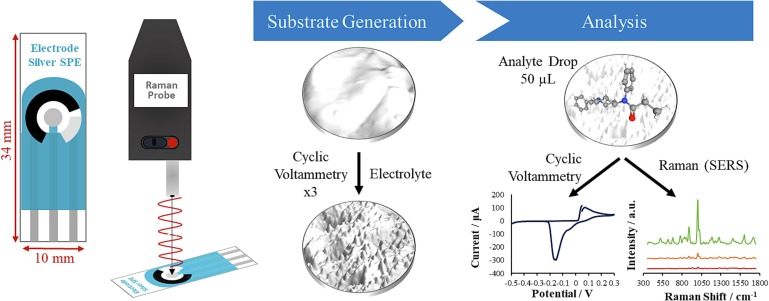
Title: Transforming Chemical Research: An Innovative FAIR Data Workflow for Cyclic Voltammetry
In a groundbreaking initiative aimed at enhancing transparency and efficiency in chemical research, a consortium of German scientists has crafted an open, standardized method for converting cyclic voltammetry data from laboratory devices into FAIR-compliant electronic formats. This effort not only streamlines data management and sharing procedures but also acts as a template for the wider implementation of FAIR principles across various scientific fields.
What Does FAIR Data Mean?
FAIR data is an acronym summarizing four essential principles: Findability, Accessibility, Interoperability, and Reusability. These principles steer researchers to organize their data in a manner that boosts discoverability, usability, and collaborative opportunities.
– Findable: Data should be linked with extensive metadata containing searchable keywords and descriptions of the data’s characteristics and source.
– Accessible: Data needs to be kept in universally recognized file formats, with metadata accessible through standard protocols, avoiding any need for proprietary software.
– Interoperable: Data must function across different platforms and integrate effortlessly with other datasets and analysis tools.
– Reusable: Researchers should have the ability to access and utilize the data under specified usage licenses along with thorough documentation.
The New Approach for Cyclic Voltammetry
Nicole Jung and her colleagues at the Karlsruhe Institute of Technology have devised a systematic FAIR workflow specifically designed for cyclic voltammetry, an electrochemical technique for examining redox behavior and reaction mechanisms. Their protocol includes:
1. Data Extraction – Direct collection of raw voltage and current measurements from laboratory instruments.
2. Format Standardization – Conversion of data into widely accepted, non-proprietary formats that allow for long-term accessibility.
3. Metadata Mapping – Development and association of detailed metadata with the data, covering aspects such as temperature, concentration, electrode type, and scan rate.
4. Data Visualization and Analysis – Utilization of open-source tools for visualizing and conducting initial analyses, providing researchers with immediate insight into the data.
5. Repository Integration – Uploading of the completed data and metadata to open-access repositories for peer review and utilization.
Crucially, this workflow is entirely supported by freely accessible, open-source software, removing the need for costly or proprietary tools. “By using this infrastructure, researchers are freed from the effort of generating FAIR data, as the harmonization capability is already embedded in the software,” Jung notes.
Impacts on the Scientific Community
The importance of this workflow extends well beyond the realm of electrochemistry. Tanja Junkers of Monash University, who operates at the convergence of polymerization and machine learning, asserts that the future of chemistry demands “a reconsideration of the workflows we currently adopt and the establishment of universally accepted data standards.”
By making data FAIR, researchers can reduce repetitive experiments, gather information more swiftly, and direct resources toward innovation. Additionally, it fosters stronger scientific reproducibility, a pressing concern across numerous fields.
Obstacles and Future Challenges
Despite the advancements made, Jung points out that significant challenges remain—primarily the absence of standardized measurement techniques, data analysis protocols, and documentation styles. “These issues can only be resolved through cooperation among diverse stakeholders,” she emphasizes.
To tackle these concerns, it is crucial for research institutions, publishers, software developers, and funding entities to work together in developing and implementing cohesive standards.
In support of this effort, Cornell University chemistry librarian Leah McEwan, a project advisor, believes that the workflow demonstrates what can be accomplished with modest institutional investment. “The open-source resources offer other institutions a chance to explore how these technical strategies can be tailored to their local needs and data management practices,” she mentions.
Prospective Developments
Motivated by the success of their cyclic voltammetry workflow, Jung and her team are now seeking to expand their approach to encompass other experimental methods. Their ultimate objective is to establish a modular, completely adaptable cloud-based framework that any chemical laboratory—from academic institutions to industrial settings—can utilize to enhance data management while adhering to FAIR principles.
Conclusion
In an era driven by data, embracing FAIR practices is not merely advisable—it is essential. The efforts of Nicole Jung and her team offer a scalable, accessible framework to transition academic laboratory operations into the future. With collaboration and dedication, a more transparent, efficient, and interconnected scientific landscape is attainable.